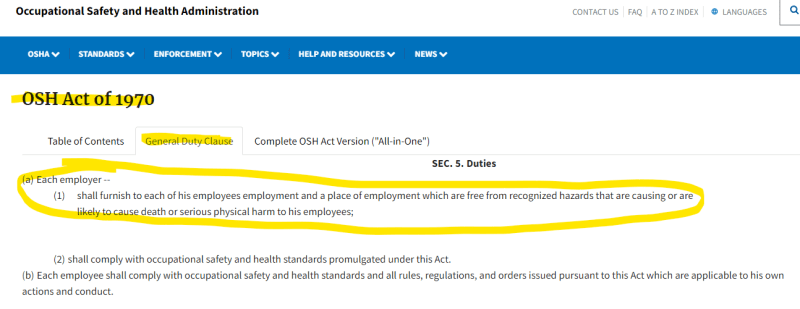Hello,
I'm trying to locate the current OSHA regulation for protecting workers from hot steam piping i.e. height for required insulation, distance required from walkways, etc. It's in a food manufacturing environment.
I did a Google search and tried searching on OSHA's site but found only historical regulations.
I'm hoping someone might be able to point me to the current applicable regulation.
Thank you!
I'm trying to locate the current OSHA regulation for protecting workers from hot steam piping i.e. height for required insulation, distance required from walkways, etc. It's in a food manufacturing environment.
I did a Google search and tried searching on OSHA's site but found only historical regulations.
I'm hoping someone might be able to point me to the current applicable regulation.
Thank you!

